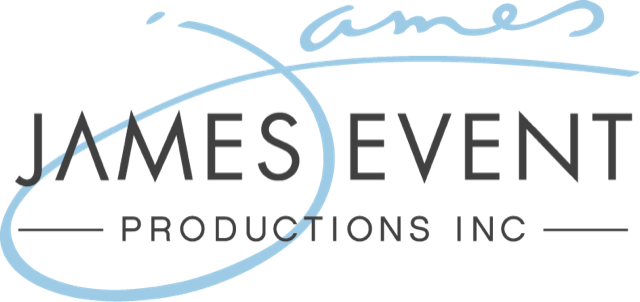Illuminating the Influence of Lighting Methods on the Art of Video Projection Mapping
Motion mapping projection is an exciting art medium that combines tech and creativity to transform ordinary surfaces into remarkable visual exhibits. This technique involves casting images and footage onto 3D objects, such as structures, sculptures, or platforms. One of the most crucial factors in creating effective projection in the use of effective illumination techniques. Proper illumination enhances the visual elements of the display and ensures that the visuals are clear and captivating. This article examines the impact of illumination techniques on motion projection and how they can enhance the complete experience.Illumination plays a crucial role in motion projection because it establishes the atmosphere and feel of the exhibit. Different lighting techniques can evoke various emotions and responses from the audience. For instance, using soft, warm lights can create a inviting environment, while vivid, cold lights may create a more dynamic or intense impact. By carefully choosing illumination hues and brightness, creators can influence how audience perceive the projected images, leading to a more immersive experience. The equilibrium between mapping brightness and ambient light is essential, as it can significantly affect the clarity and effect of the visuals.
In addition, color and intensity, the direction of light also affects the efficacy of mapping. Illumination from different directions can generate shadows and highlights that introduce dimension to the mapped visuals. This method, known as light and shadow, can improve the 3D quality of the subjects being projected. Additionally, using dynamic lights can add dynamism to the display, making the experience more engaging for the audience. When the light interacts with the mapped images, it can produce an effect of motion and change, capturing the viewers' attention.
Another essential element of illumination in live event projection systems mapping is the use of special effects. Techniques such as gobo lighting, which uses patterns and shapes to filter light, can introduce depth and complexity to the projections. This method allows creators to superimpose visuals and produce aesthetically stunning effects that complement the mapping. Additionally, incorporating laser lights or light-emitting diode illumination can additionally improve the exhibit, providing a look what i found distinct mix of visual elements that draw the audience in. These special effects, when used thoughtfully, can elevate the mapping into a simple display to an immersive work of creativity.
In summary, the impact of illumination techniques on video projection is profound. By understanding how various lighting elements interact with projected images, artists can produce enthralling encounters that connect with viewers. The careful selection of hue, brightness, angle, and special effects enables for a vivid canvas of visual storytelling. As technology continues to grow, the possibilities for artistic showcasing in mapping will only grow, making lighting an ever-important component in this innovative creative medium.
